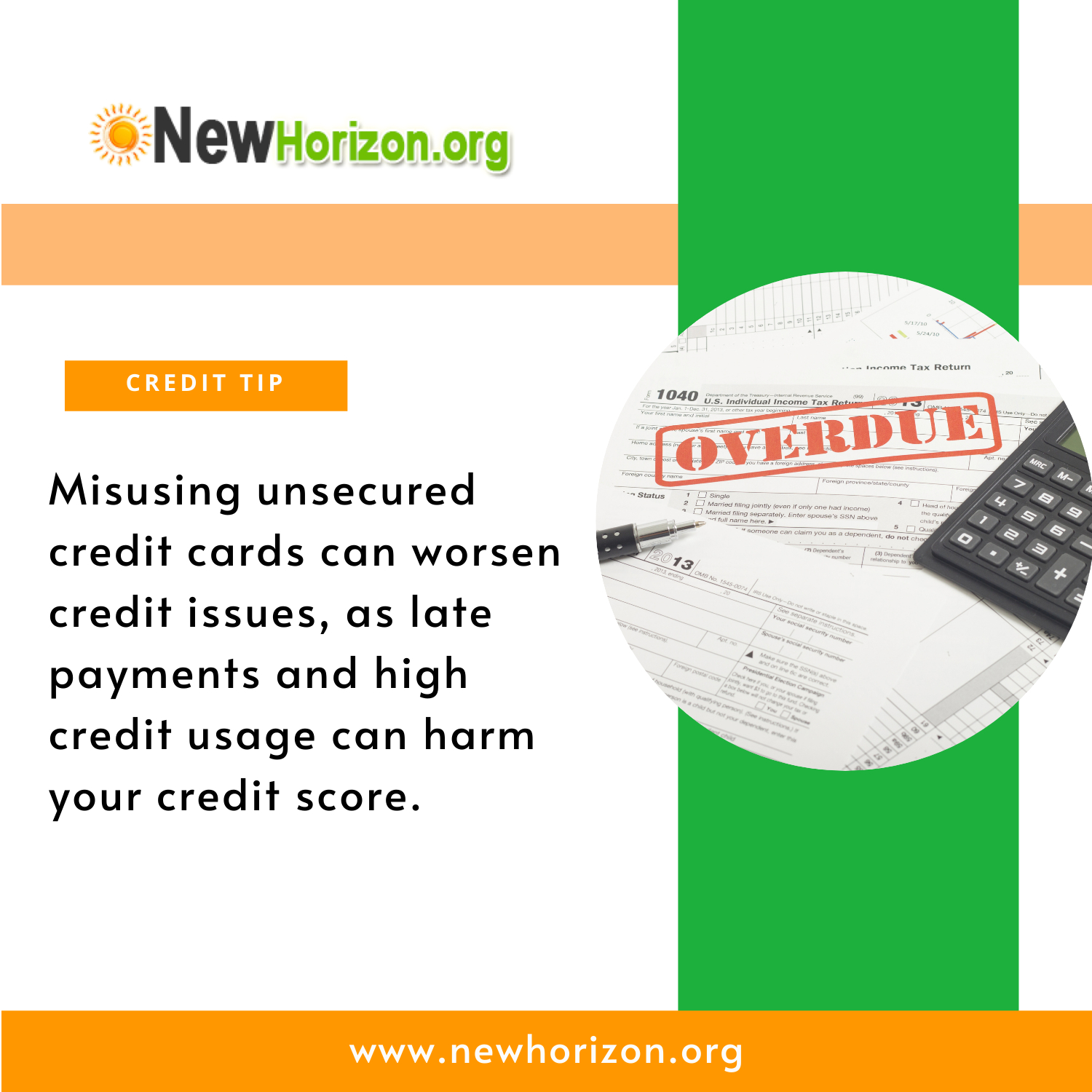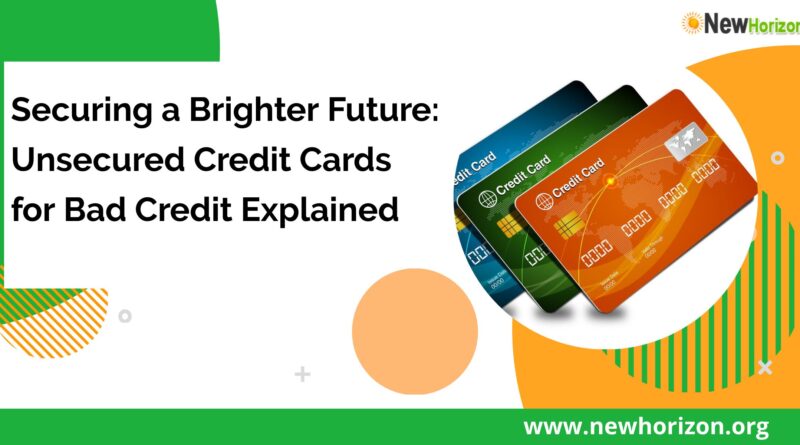Securing a Brighter Future: Unsecured Credit Cards for Bad Credit Explained
The quest for financial stability can be challenging, but unsecured credit cards specifically designed for those with bad credit offer a glimmer of hope. You will need to understand how unsecured credit cards for bad credit work, explore how they function, and learn the potential benefits they hold for securing a brighter financial future.
Unsecured credit cards do not ask for collateral. Unlike secured credit cards that are backed by a security deposit, unsecured credit cards extend credit based solely on the borrower’s credit quality. This means that even if you have bad credit, you can still have access to credit without having to provide a cash deposit upfront.
 How Do Unsecured Credit Cards for Bad Credit Work?
How Do Unsecured Credit Cards for Bad Credit Work?
Obtaining an unsecured credit card with bad credit involves selecting a card tailored to individuals in similar financial situations. Unsecured credit cards often have higher interest rates and fees compared to standard credit cards, reflecting the increased risk associated with lending to individuals with poor credit. However, they serve as a valuable tool for rebuilding credit and demonstrating responsible financial behavior.
The Pros of Unsecured Credit Cards for Bad Credit
1. Credit Rebuilding Opportunities: Unsecured credit cards offer individuals with bad credit a chance to rebuild their credit history. By paying on time and managing credit responsibly, you can gradually improve your credit scores.
 2. No Collateral Requirement: If a secured credit card requires a deposit, an unsecured credit card does not. This makes them more accessible to individuals who may not have significant savings to secure a credit line.
2. No Collateral Requirement: If a secured credit card requires a deposit, an unsecured credit card does not. This makes them more accessible to individuals who may not have significant savings to secure a credit line.
3. Increased Financial Flexibility: Unsecured credit cards provide a certain level of financial flexibility, allowing cardholders to make purchases and payments without tying up funds in a security deposit. This flexibility can be crucial in managing day-to-day expenses and unexpected financial challenges.
4. Potential for Credit Limit Increases: Responsible use of an unsecured credit card may lead to credit limit increases over time. This demonstrates to creditors and credit bureaus that the cardholder is a reliable borrower, further contributing to credit score improvement.
The Cons of Unsecured Credit Cards for Bad Credit
- Higher Costs: Unsecured credit cards for bad credit have higher interest rates and fees than traditional cards due to increased lending risk, resulting in elevated costs for those carrying balances.
- Limited Initial Credit Limits: Bad credit individuals often get lower initial credit limits with unsecured cards, impacting purchasing power. Responsible credit management is crucial to avoid maxing out the card.
- P
 otential for Continued Financial Strain: While aiding credit rebuilding, misusing unsecured cards may lead to a cycle of financial strain, damaging creditworthiness and offsetting intended credit improvement.
otential for Continued Financial Strain: While aiding credit rebuilding, misusing unsecured cards may lead to a cycle of financial strain, damaging creditworthiness and offsetting intended credit improvement. - Difficulty in Qualification: Qualifying for unsecured credit cards designed for bad credit can be challenging. Specific criteria, like demonstrating stable income and employment history, may be obstacles for those facing financial difficulties.
- Risk of Further Credit Damage: Mismanagement of unsecured credit cards can worsen credit issues, with late payments and high credit utilization leading to additional damage to one’s credit score, undermining the card’s intended purpose for credit improvement.
Conclusion
Securing a brighter financial future often begins with taking strategic steps toward rebuilding credit, and unsecured credit cards for bad credit can play a pivotal role in this journey.
While these cards come with higher costs, they provide an opportunity for you to demonstrate responsible financial behavior and improve your credit quality. As with any financial product, it is crucial to carefully compare and select the right unsecured credit card for your specific needs and financial goals. With the right approach, individuals with bad credit can use unsecured credit cards as a stepping stone toward a more secure and prosperous financial future.

